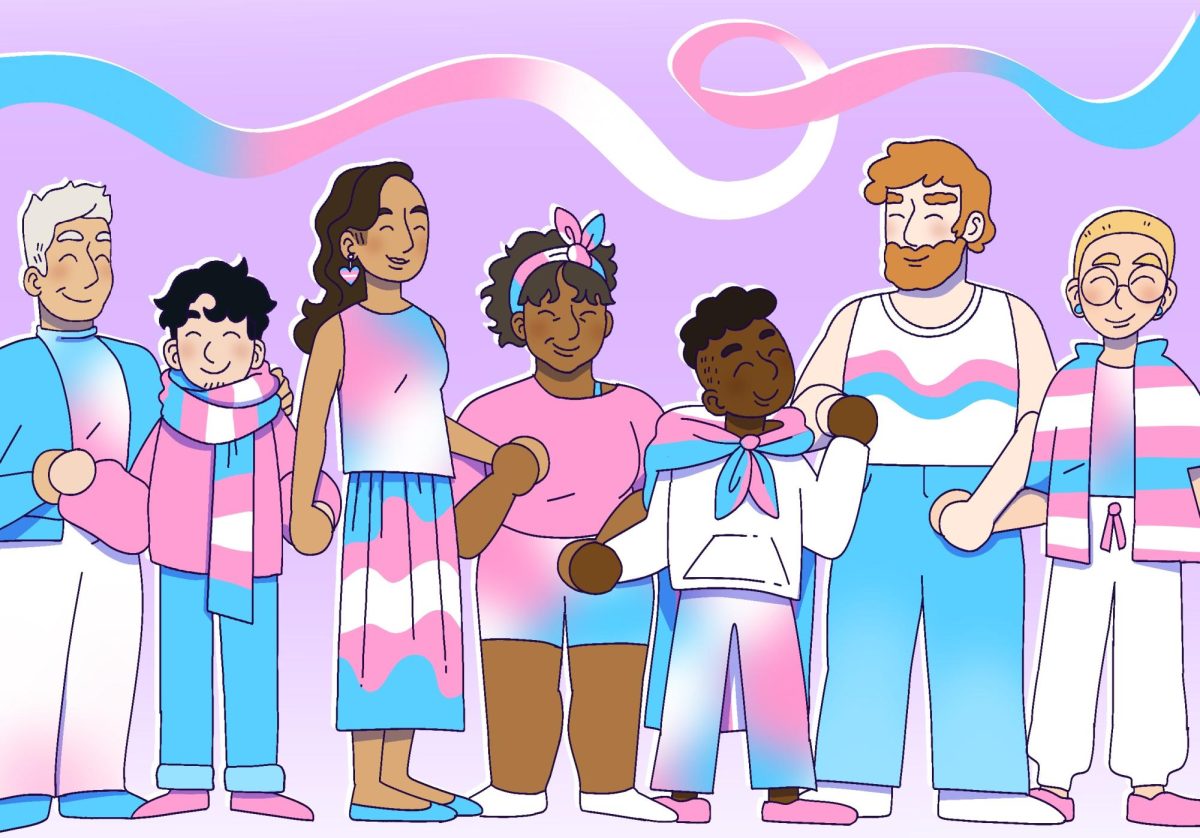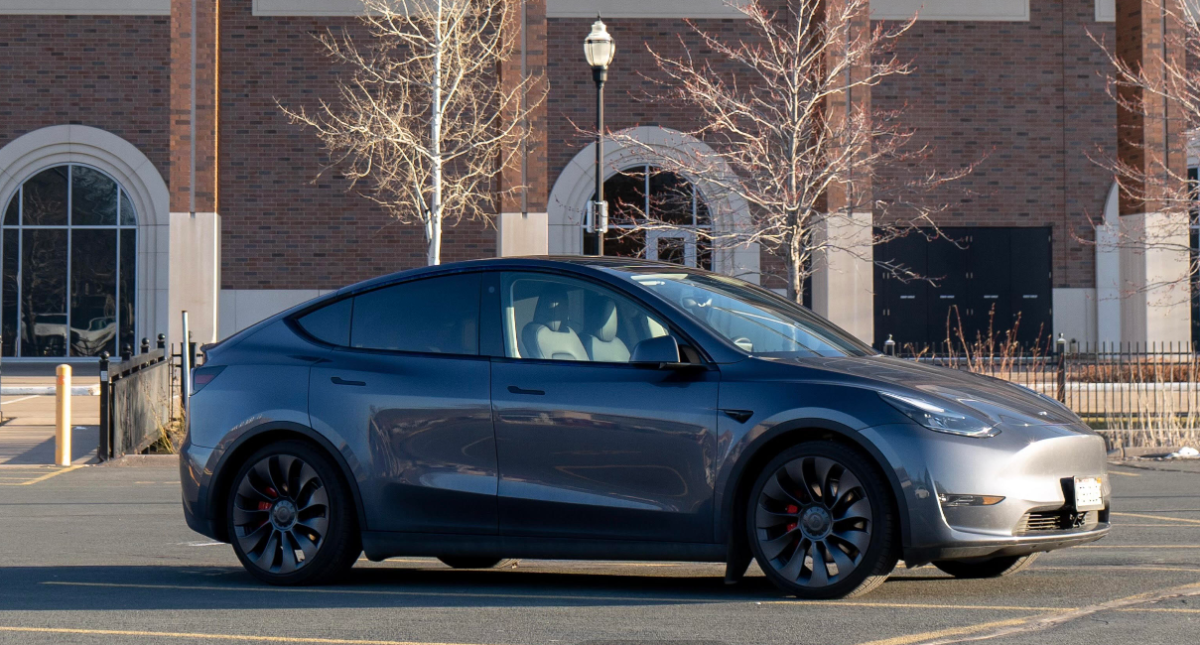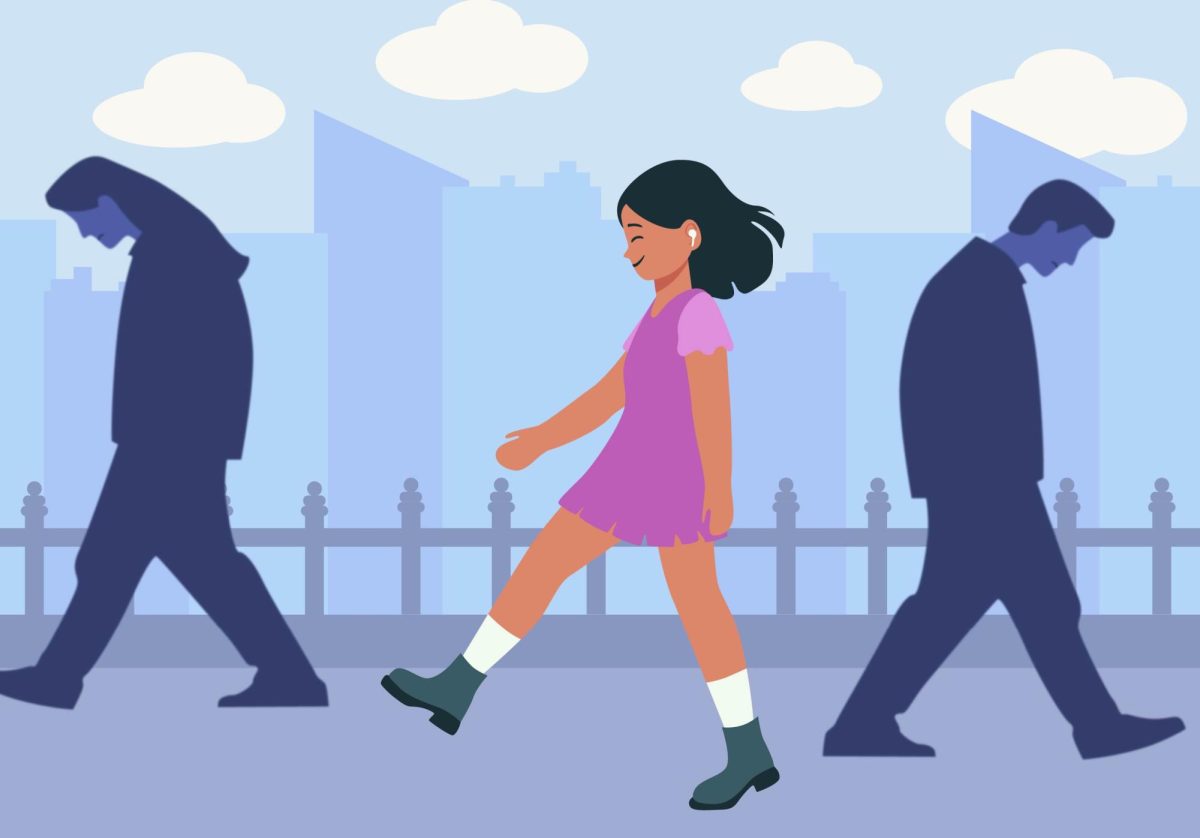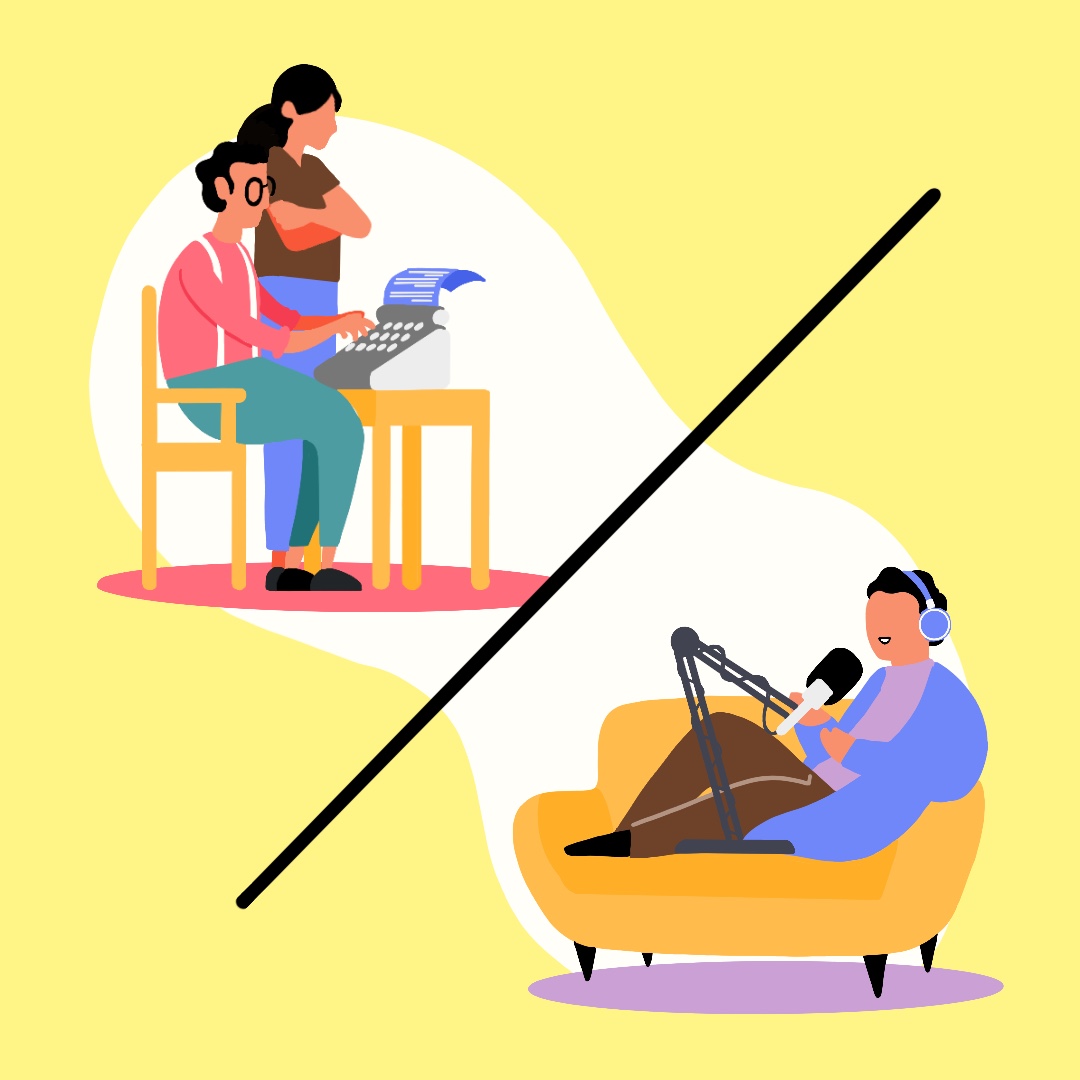Anyone who has ever walked past the unlit parking ramp on Huron can tell you about the absolute importance of public street lighting. Our natural inclinations drive us to avoid shadowy alleyways and side roads, but a simple association between well-lit environments and security contributes to a major metropolitan crisis.
Light pollution is created by an excess use of artificial light sources, causing repercussions for both the environment and humans. Streetlights, small business lighting, personal properties and advertisements are some of the main contributors to light pollution. These sources can create a ‘glare’ which reflects light off of its intended subject and into the atmosphere. Contradicting light sources aimed in directions where light is not necessarily needed, in coercion with inefficient bulbs creates that lovely orange hue over Minneapolis’ skyline at night. The view from the Washington Ave. bridge is just as problematic as it is stunning.
Light pollution is contributing to a growing number of environmental issues in our city. Recently, Minneapolis was ranked one of the most deadly intersections in the United States for migratory animals. Birds, which prefer to travel at night to avoid predators, become distracted by the glow of Minneapolis’ skyline and become disoriented. Researchers estimate that approximately 600 million birds fall to their deaths cross-country. Other plants and animals rely on the earth’s cyclical tendencies, too. Light pollution can make nocturnal wetland creatures and amphibians more susceptible to predators. Evidence suggests that even animals outside traditionally urban environments are impacted, such as bats, insects, primates, coral, invertebrates and fish. These issues may seem diminutive, but small changes at the bottom of a food chain can have drastic consequences for the whole ecosystem
The issue goes beyond flora and fauna, though. When photons make contact with the human retina, a series of chemical reactions release hormones that regulate sleep-wake cycles, appetite and body temperature. Trying to sleep with a streetlight shining through the window, or after scrolling through pictures on a blue-light phone, can upset many bodily functions, upsetting the body’s circadian rhythm. For these reasons, light pollution can cause a number of health issues, including obesity, insomnia, heart conditions and mental illness.
A number of cities across the United States have adopted policies for light conservation. Flagstaff, Arizona became one of the first cities to join the ‘Dark Sky Community’ and revamp its infrastructure and policy in favor of conservation in 2001. Toronto, Chicago, Washington D.C. and New York have all adopted more restrictive policies as well. Some cities take special precautionary action semi-annually during bird migration, or cooperate with the owners of skyscrapers and other large light pollutants to reduce the city’s footprint. Minneapolis began gradually replacing higher watt bulbs with more sustainable alternatives through routine maintenance in 2015. Policymakers hoped that the plan would reduce the city’s energy usage by nearly 60% and greatly reduce utility costs. However, the policy doesn’t intend to make any changes to low-level street lights and pedestrian lighting for cost reasons. Choosing to recognize the issue has been an important first step for Minneapolis, but lacks the necessary aggression to make timely improvements.
The environmental and social result of pollutants we create today will haunt us indeterminately — and unfortunately for us, the cosmos is just the beginning.














